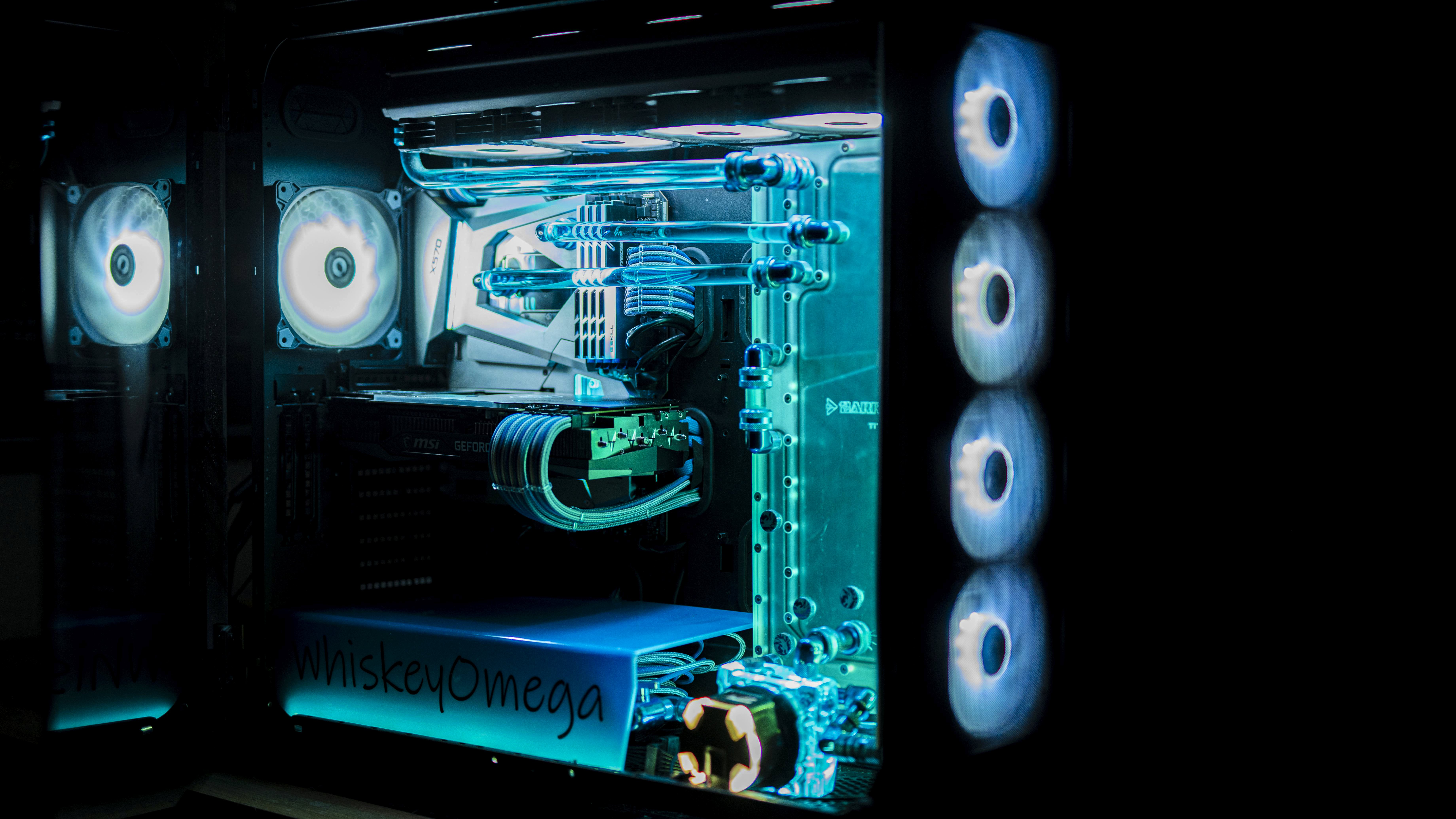

What’s the actual difference to fedora silverblue?
Hi! Co-maintainer here, you can find the differences in the github repo: https://github.com/ublue-os/bluefin
And there’s a doc page going over it here: https://universal-blue.discourse.group/docs?topic=41
If you have any other questions I’d be happy to answer them!

I linked to it, here it is again: https://universal-blue.discourse.group/docs?topic=41#features-9
And the previous link was directly to the source code of the image.